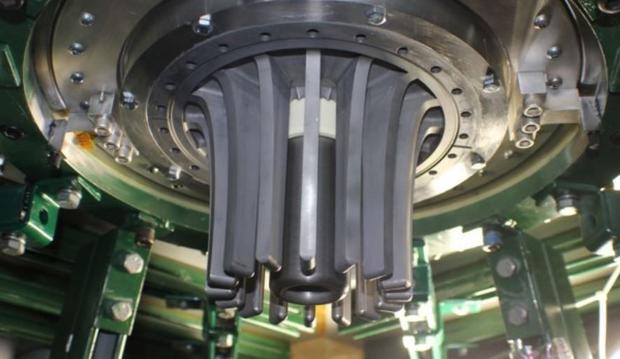
Breaking News
6.5x55 Swedish vs. 6.5 Creedmoor: The New 6.5mm Hotness
Best 7mm PRC Ammo: Hunting and Long-Distance Target Shooting
 Christmas Truce of 1914, World War I - For Sharing, For Peace
Christmas Truce of 1914, World War I - For Sharing, For Peace
Top Tech News
 EngineAI T800: Born to Disrupt! #EngineAI #robotics #newtechnology #newproduct
EngineAI T800: Born to Disrupt! #EngineAI #robotics #newtechnology #newproduct
 This Silicon Anode Breakthrough Could Mark A Turning Point For EV Batteries [Update]
This Silicon Anode Breakthrough Could Mark A Turning Point For EV Batteries [Update]
 Travel gadget promises to dry and iron your clothes – totally hands-free
Travel gadget promises to dry and iron your clothes – totally hands-free
 Perfect Aircrete, Kitchen Ingredients.
Perfect Aircrete, Kitchen Ingredients.
 Futuristic pixel-raising display lets you feel what's onscreen
Futuristic pixel-raising display lets you feel what's onscreen
 Cutting-Edge Facility Generates Pure Water and Hydrogen Fuel from Seawater for Mere Pennies
Cutting-Edge Facility Generates Pure Water and Hydrogen Fuel from Seawater for Mere Pennies
 This tiny dev board is packed with features for ambitious makers
This tiny dev board is packed with features for ambitious makers
 Scientists Discover Gel to Regrow Tooth Enamel
Scientists Discover Gel to Regrow Tooth Enamel
 Vitamin C and Dandelion Root Killing Cancer Cells -- as Former CDC Director Calls for COVID-19...
Vitamin C and Dandelion Root Killing Cancer Cells -- as Former CDC Director Calls for COVID-19...
 Galactic Brain: US firm plans space-based data centers, power grid to challenge China
Galactic Brain: US firm plans space-based data centers, power grid to challenge China
LPP fusion claims to have achieved nuclear fusion confinement record of 200 kiloelectron volts

"As far as we know, that's a record for any fusion plasma," Lerner says.
"In the critical measure of how much energy out we get per unit energy in, we're No. 2 among all the experiments in the world," Lerner says. "And we're only one-third behind the JET [Joint European Torus] experiment in the United Kingdom—which has almost a thousand times our resources. In terms of results per unit dollar, we're clearly No. 1, by a long way."
LPPFusion hopes to be fusing proton and boron by next year.
They are cleaning Tungsten electrode impurities from a chamber and moving to being Beryllium electrodes soon which will not have impurity problems
Based on tests conducted in May, the LPPFusion research team decided that more microwave power was needed to clean the oxides off our tungsten electrodes. The oxides, which break up easily when heated, had been contributing impurities to the plasma and limiting fusion yield. We decided to mount two kW microwave magnetrons on a single large window to double the power. The larger window admitted the 12-cm-long waves far more efficiently than a smaller window used with the second magnetron in May.

 The State's Last Stand
The State's Last Stand


